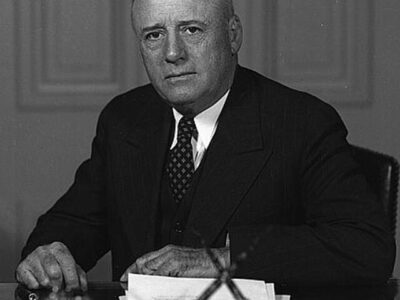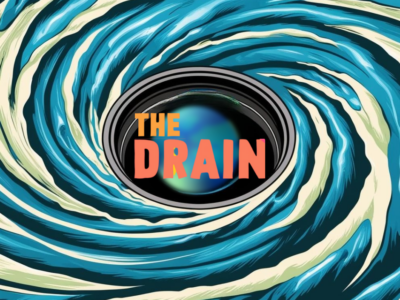Federal Court Halts Implementation of Important Air Pollution Program
 The Obama Administration’s cap-and-trade program to control air pollution that crosses state lines (explained in detail here) will not go into effect this month as planned. Instead, the U.S. Court of Appeals for the D.C. Circuit has halted the program’s implementation temporarily until it decides on its legality.
The Obama Administration’s cap-and-trade program to control air pollution that crosses state lines (explained in detail here) will not go into effect this month as planned. Instead, the U.S. Court of Appeals for the D.C. Circuit has halted the program’s implementation temporarily until it decides on its legality.
The program, known as the cross state air pollution rule, caps nitrous oxide and sulfur dioxide pollution in 23 states in the eastern half of the country. The rule is supposed to replace a rule adopted by the Bush Administration that a federal court struck down in 2008 on the grounds that it violated the Clean Air Act. The 2008 court decision allowed the Bush rule to remain in place pending the EPA’s revision of the rule. The Bush rule will stay in effect until the D.C. Circuit decides whether the Obama Administration’s new rule is valid.
The cross state air pollution rule has already faced its share of controversy. The state of Texas, in particular, has expressed vehement opposition to the rule, with presidential contender and Texas Governor Rick Perry calling it “highly flawed” and a “job killer.” A Texas study of the rule this summer found that the rule would cause intermittent power outages, leading the EPA in October to raise the amount of pollution Texas utilities could emit. House Republicans and Kentucky Senator Rand Paul have led the charge to repeal the rule but lost a crucial vote in the Senate in November.
The rule is expected to produce significant air quality benefits. The EPA has found that the benefits of the new rule will eliminate tens of thousands of premature deaths, reduce bouts of extreme asthma and other respiratory ailments and save employers huge amounts of money in fewer sick days. The benefits, EPA estimates, will total at least $120 billion while compliance will cost less than a billion dollars. Nevertheless some (though not all) utilities and states oppose the rule on the grounds that it will lead to the closure of a number of old coal-fired power plants. Those plants have long escaped significant regulation under the Clean Air Act, which historically has treated old power plants much more leniently than new ones. Cap-and-trade programs like the one included in the cross state air pollution rule do not distinguish between old and new plants. Instead they cap overall amounts of pollution and let emitters decide how to reduce their emissions. Since the largest amount of emissions come from the oldest, dirtiest plants they are most likely either to face closure or significant upgrades.
It is unclear how the D.C. Circuit will ultimately rule on the challenged rule. On the one hand, the legal standard for a stay suggests that the challengers are “likely to succeed on the merits.” On the other hand, the legal questions in the case are highly technical and complex so a stay may simply signal that the court wants time to consider the merits without changing the regulatory status quo. Stay tuned.
Reader Comments
4 Replies to “Federal Court Halts Implementation of Important Air Pollution Program”
Comments are closed.







“…There are plenty of hopeful signs that in 2012 we may finally turn the corner on the climate controversy and make significant progress in the right direction…”
“…There are plenty of hopeful signs that in 2012 we may finally turn the corner on the climate controversy and make significant progress in the right direction…”
Whatever the policy merits of the rule, this should not be much of a surprise given the D.C. Circuit’s rejection of the prior interstate air pollution rule in North Carolina v. EPA. For a useful critique of the rule, and overview of the legal problems that are likely to lead to its invalidation, see this article from the Oct. 2011 Electricity Journal:
http://papers.ssrn.com/sol3/papers.cfm?abstract_id=1918948
JHA
Whatever the policy merits of the rule, this should not be much of a surprise given the D.C. Circuit’s rejection of the prior interstate air pollution rule in North Carolina v. EPA. For a useful critique of the rule, and overview of the legal problems that are likely to lead to its invalidation, see this article from the Oct. 2011 Electricity Journal:
http://papers.ssrn.com/sol3/papers.cfm?abstract_id=1918948
JHA